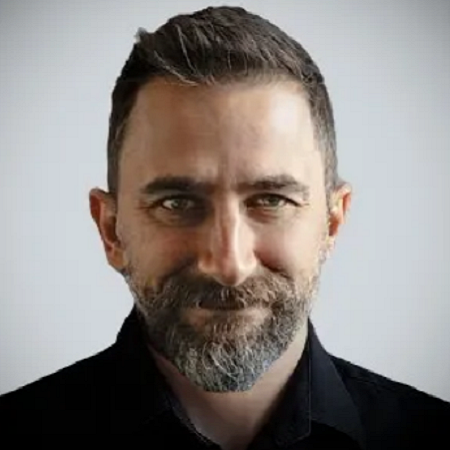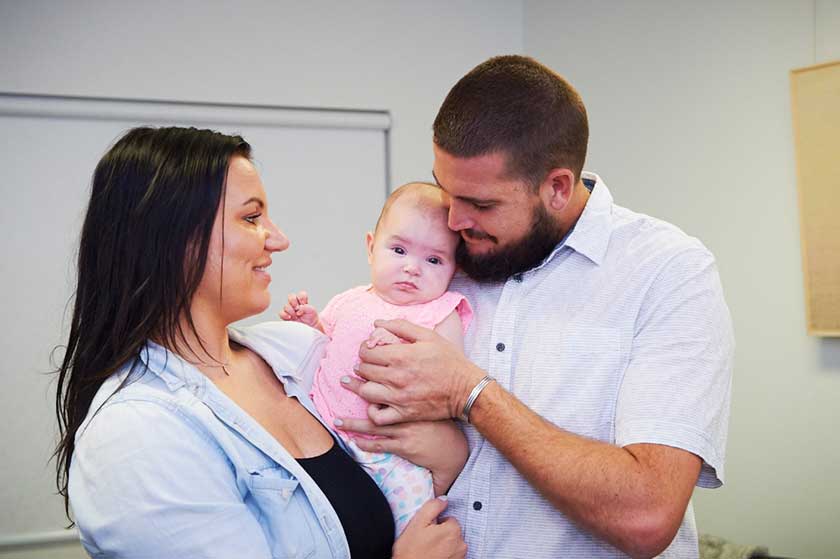So much so, that for the first time in history, the Oxford English Dictionary chose not to name a single ‘word of the year’ in 2020, and opted for highlighting ‘words of an unprecedented year’ instead. Of which there were many...
While formal scientific terms like coronavirus and epidemiology became part of the layman’s vocabulary, informal and oftentimes humorous adaptions of the English language, such as Blursday, quarantinis, Zoombombing and maskne (used to describe mask-induced acne) shot to fame in an effort to accurately describe events and situations no one had ever experienced before.
The latter being a way to make light of the very heavy situation facing us all.
And yet despite the evolution of terms being used to define these new experiences, there has been a rise in emotions that haven’t been adequately represented on the mental health spectrum since the pandemic began. Or at least these terms have not yet made it to the ranks of ‘depression’, ‘anxiety’ or a ‘mental health illness’ ─ even though you might already be very familiar with what it means to be enduring ‘surge capacity’, or ‘languishing’ through the lockdown effects of COVID-19.
Described by psychiatrists as a state of apathy where nothing seems particularly worth caring about, the term ‘languishing’ is the antithesis of ‘flourishing’ and suggests that people experiencing feelings of burnout, emptiness, numbness, and/or lack of motivation, fulfilment or achievement, have arrived at the bottom-end of the mental health continuum.
Sociologist Corey Keyes who coined the term languishing as the opposite of flourishing, says it’s a sense of restlessness or feeling unsettled, and/or an overall lack of interest in life or the things that typically bring you joy. Others liken it to a ‘waking coma’ or a kind of grief. Unlike depression, languishing is less about feeling sad or worthless, experiencing changes in appetite, or worse still ─ having thoughts of death or suicide. And as such, mental health professionals are quick to add, that this state of mind is not considered a mental illness, but rather a series of emotions that, as the pandemic rages on, have affected people in a variety of ways.
However to combat this, a thorough search on the internet provides many different ways to overcome the feeling of languishing, such as taking time off, changing your scenery, considering accessing therapy, as well as connecting with others. Except it’s been really foolish to think that any of these suggestions could be executed in any meaningful way for the people of Victoria, who have experienced lockdown longer than any other human on this planet to date.
While most Victorians started packing away their quarantine wardrobe when the second lockdown ended in November last year, people began welcoming family and friends into their homes, with some even booking their first interstate trip for the year. It was a sure sign, they’d reached the light at the end of the tunnel. Christmas was not cancelled. And many families from near and far were reuniting to celebrate the festive season together. The feeling of hope was palpable.
It would be almost 100 days before Victorians would be plunged back into isolation again, but seeing snap lockdowns working for other states that were managing to stay mostly COVID-free, optimism remained. Five days in isolation seemed like a walk in the park for most. While the state would enjoy another 14 weeks of freedom, it must be noted that rarely since Australians shared their first and only nationwide lockdown together in March last year, has there been a time where metro or regional Victoria had very few restrictions in place.
Fast forward to today. And the perpetual trajectory of taking two steps forward, three steps back over the past 18 months has begun to take its toll. With only six fleeting, non-consecutive weeks of freedom offered to Victorians since May this year, they can be forgiven for feeling like they’ve been stuck in a time-warp since early 2020 ─ a kind of cruel version of Groundhog Day that they wake to, wondering if they were ever actually released from Lockdown 2.0 on October 26, last year.
Since then, lockdowns three, four, and five have passed us by, making it progressively harder to remember when one started and another one ended. As they all merged together to bring us our sixth and latest version, hope had been increasingly difficult to muster up. And although vaccine rates are heading toward the illustrious ‘freedom’ finish line, many of us are reaching the peak of our surge capacity at the same time, despite the recent lifting of many restrictions.
Once reserved for describing a health care system’s ability to provide acute care to both critical and non-critical mass casualties simultaneously, surge capacity has more recently been used to refer to a human’s ability to mentally and physically manage a particularly stressful situation by drawing on inbuilt systems for short term survival. Even if recovery may be long, survival mode and surge capacity generally kicks in when a person is subject to the effects of a natural disaster. Pandemics however, are different. This kind of disaster is stretching out to infinity and beyond, with seemingly no end in sight.
When we’re this far into a pandemic, it’s fair to say that many Victorians have experienced surge capacity depletion (SCD) whereby they’ve continually drawn on these resources without the opportunity to refuel the tank, and as a result of that, they have little left to give. “For good mental health, we need to be able to appreciate and enjoy the pleasure the positive aspects of life bring. And much of that was taken away during COVID, so that we haven’t been able to do the things we enjoy in order to refuel our tanks,” says Richard Bryant, Scientia Professor of Psychology at UNSW and Director of UNSW Traumatic Stress Clinic.
“Adjusting to the new normal”, has been much of the rhetoric thrown around since this pandemic began, but how does one adjust to an ever-changing situation where the new norm is indefinite uncertainty? “What we have now is an ongoing threat related to everything from social isolation and the risk of infection, to loss of income, unemployment and simply the unpredictable and uncertain nature of the virus,” explains Professor Bryant. “There’s a lot of unknowns at play and the next few years are going to be tough for some people.”
When a disaster occurs it has a profound impact on the lives of the people it affects. But unlike an earthquake or cyclone where you can look outside and observe the damage, the destruction for most people is invisible and ongoing. “This is a really unusual and unique time, with remarkable stressors,” offers Professor Bryant.
“What we know is the fact that we can’t personally control things like the economy or the virus itself, [so that] means that we need to learn strategies to help us cope. Because when you can’t rely on external things getting better, we have to learn to cope as best we can instead,” he says.
If the symptoms of surge capacity depletion or the feeling of languishing described in this article resonates with you, it’s a good time to use October’s Mental Health Month as a springboard to reach out and find ways to build resilience and learn appropriate coping mechanisms. Professor Bryant suggests maintaining contact with friends and family as a good first step, however when you can’t rely on these traditional methods to top up your tank anymore then consider accessing professional mental health support. “Maintaining social contact with friends and family, even if it’s virtually rather than face-to-face, is also very important,” says Professor Bryant.
Find out more about our mental health services.








